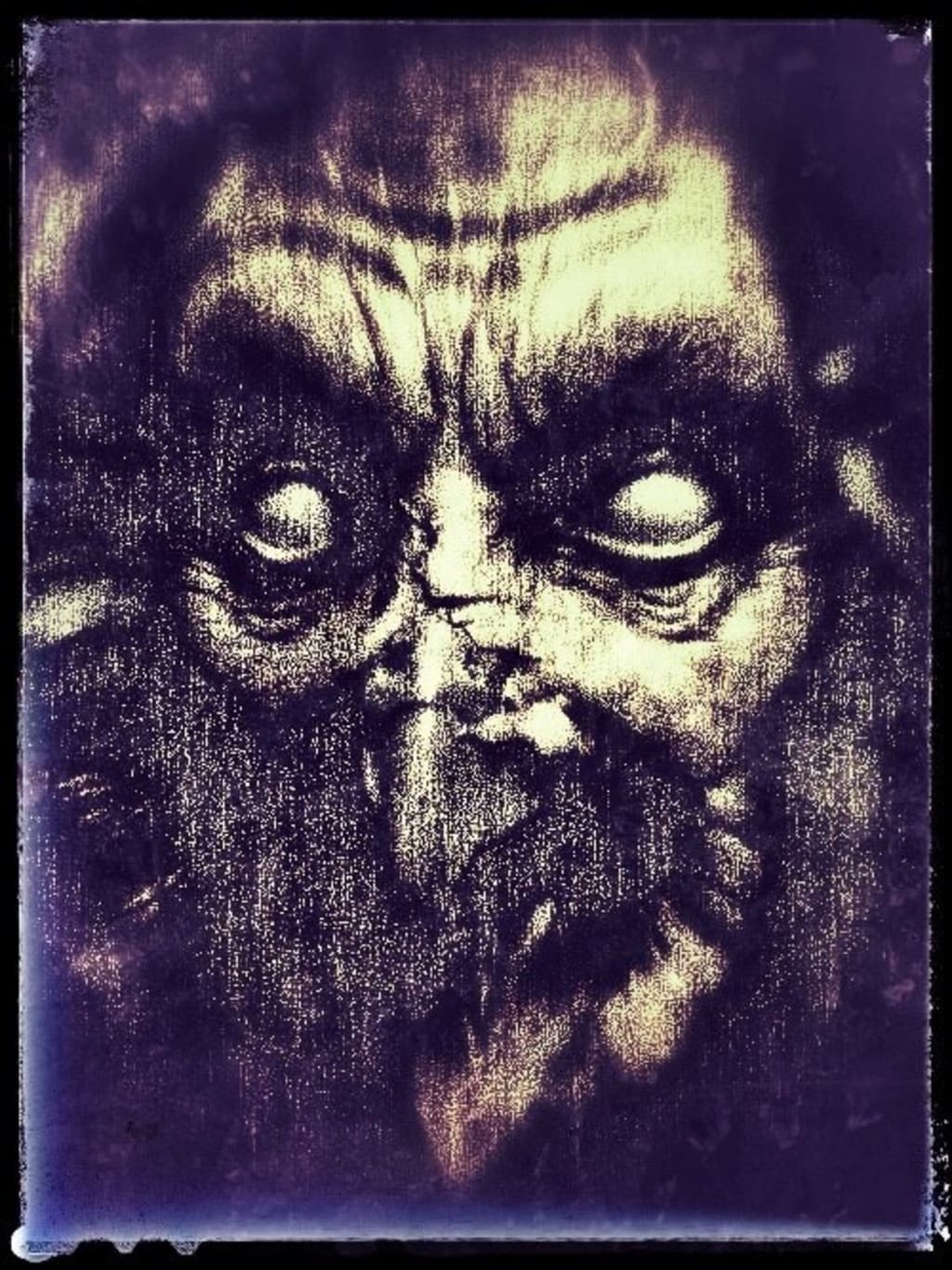

When someone talking about lechuzas suddenly starts talking about buhos, you, as a possible novice Spanish speaker, are likely to be puzzled. In a strict sense, they’re both words for “owl.” They’re entirely interchangeable, and your typical Joe on the street isn’t going to get into it with you.īecause let’s face it, it’s a fact. Is There A Distinction Between Buho And Lechuza? It’s not to be mistaken with a self-watering plant’s brand name. The lechuza is also mentioned in popular culture in Mexico, including in song titles. Some grandparents and parents tell the Lechuza story to their children to keep them in the house at night, as they do with many other cautionary folk tales and legends. Who Makes Use Of Lechuza?īecause of the legend, the Spanish word lechuza can also refer to a “witch.” The creature is also known as a Lechuza instance or an appearance of the Lechuza (la Lechuza). A video of Mexican peasants interrogating and burning an owl alive went viral in August 2014.Īccording to the townspeople, the owl was actually a Lechuza, and the witch’s screams were heard while it was being burned. Some social media users slammed the episode as a case of superstition gone bad that resulted in animal abuse. The fear of the lechuza has led to attacks on actual owls. Popular folklore in northern Mexico and Texas includes Lechuza, a Spanish word for an owl, particularly a barn owl, as a popular bird.Īccording to the myth, an elderly woman transforms into a huge owl named La Lechuza to get revenge on those who have harmed her during her life. Overall, Spanish speakers have a variety of accents and word choices for naming animals. When speaking, English speakers don’t discriminate between eagles and barn owls, whereas Spanish speakers do. Actually, they don’t have a word for either “eagle owl” or “barn owl,” so it’s strange. I guess it’s like calling a wolf a fox. Mexico, as well as parts of Guatemala and Honduras, are the countries where it’s most popular.Īlthough they’re both boys, Lechuza is a female. Lechuza is of Spanish descent (though, just to add to the confusion, there is a Giant Evil Owl Witch legend called La Lechuza with Mexican origins).īho is a popular word in Latin America. As you can see, the term sounds like an onomatopoeia.

To the average English speaker who isn’t interested in birds, I believe an owl is just an owl.Īll in all, if you’re looking for a word to describe an owl, Bho is a good choice. There’re physical differences that distinguish them.įor those unfamiliar with the terms “bho” and “lechuza,” they’re both nocturnal birds of prey known as “owls,” though the “bho” is commonly larger and brown, while the “lechuza” is smaller and generally white.Īccording to the proper dictionary meaning, real=eagle owl lechuza=barn owl bhocomn.


Within the same family, they’re two separate birds. What Is The Difference Between ‘Buho’ And ‘Lechuza’ In English And Spanish? In Mexican Culture, What Does An Owl Represent?.What Do The Spanish Words ‘Tecolote’ And ‘Buho’ Mean?.Why Are There So Many Different Words For Owl?.What Are Some Of The Noticeable Facts About Lechuza?.What Do You Know About The “Buho” Family?.Is There A Distinction Between Buho And Lechuza?.What Is The Difference Between ‘Buho’ And ‘Lechuza’ In English And Spanish?.


 0 kommentar(er)
0 kommentar(er)
